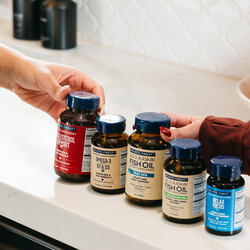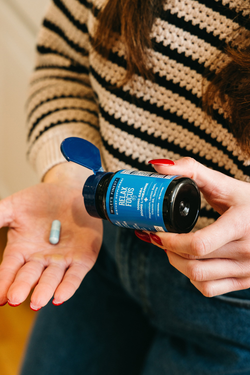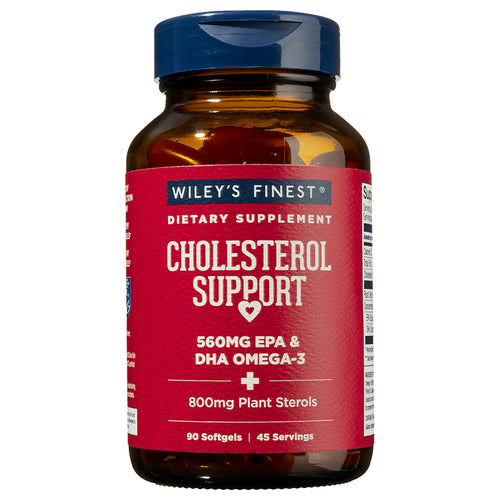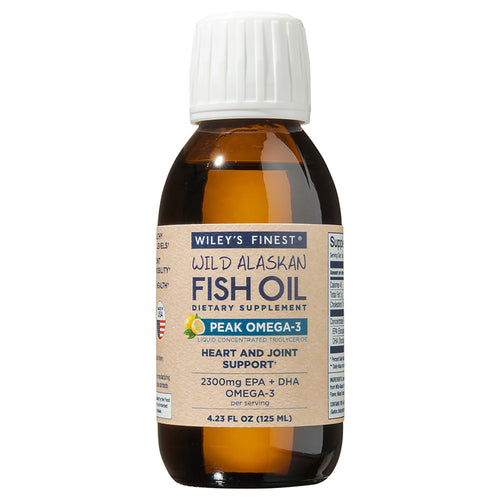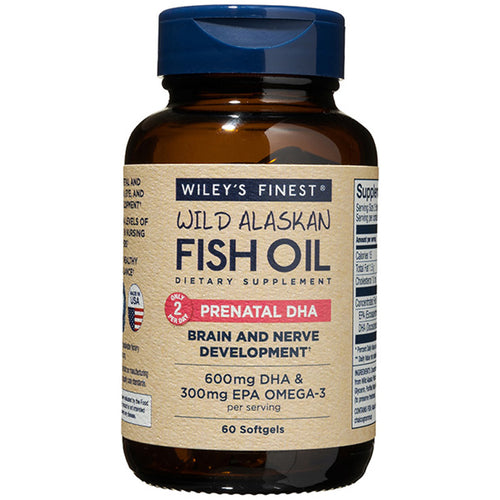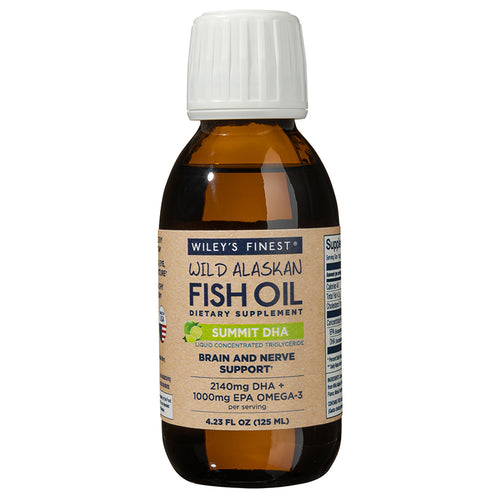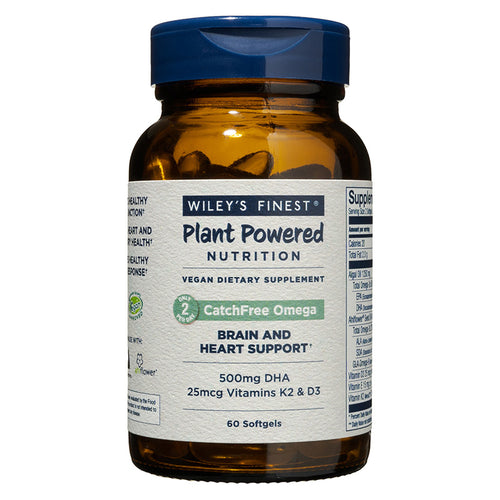Choosing The Best Omega-3 Supplement: How to Read the Label
If you’ve ever felt confused and overwhelmed standing in the aisle of your local health food store trying to decide which Omega-3 supplement to buy, you are not alone. Admittedly, trying to decipher all the information on those bottles can be a bit like trying to break a secret code, but don’t worry, we’re here to help. Let’s take a few moments to unpack it all for you and hopefully make it easier to choose the best Omega-3 formula for you and your family.
 Fish Oil vs. Omega-3: What’s the difference?
Fish Oil vs. Omega-3: What’s the difference?
Too often, the terms Fish Oil and Omega-3 are used synonymously. However, while they are closely related, they are not the same thing. Omega-3s are a specific group of nutrients that are essential for good health, while Fish Oil is their most common source. This can be especially confusing when you are looking at the front label of an Omega-3 supplement.
EPA (eicosapentaenoic acid) and DHA (docosahexaenoic acid) are the key ingredients you are looking for, and the amount of these nutrients, typically stated in milligrams (mg), can be vastly different from the amount of Fish Oil that is often highlighted on the front of the bottle.
When you’re comparing different products, don't just look at the total fish oil content. Instead, focus on the amounts of EPA and DHA. Some products might list a high amount of total fish oil but have relatively low amounts of EPA and DHA. It is these specific omega-3s that provide the most health benefits.
The Answer Is on the Back
The first thing you will want to do is turn to the back of the box or label and look at the serving size, which you should find listed at the top of the Supplement Facts panel. This tells you how many softgels or teaspoons (if it is a liquid) you will need to take on a daily basis to get the full dosage.
Next, you will want to find the total omega-3 content, which is often broken down separately into EPA and DHA. This is the most vital piece of information because it is important to make sure you're getting enough of both. For example, a label might show 750 mg of EPA and 250 mg of DHA per serving, totaling 1,000 mg of omega-3s. (Wiley’s Finest makes it easy and lists this for your right on the front!) 
The amount of omega-3s you need can vary based on your health goals. For general health support, a common recommendation is around 1,000 mg of combined EPA and DHA per day for most healthy adults. For specific health concerns, higher doses might be recommended, but it's always best to consult with a healthcare provider.
You will also want to check for any additional ingredients listed on the label so that you can take them into account when considering your overall supplement regimen. Some examples might be any added vitamins or minerals that would increase your total intake of those nutrients. Finally, take note of any fillers or additives that might be included, and don’t be afraid to ask store staff if you have questions.
Insist on Quality and Sustainability
Once you have decided on the right dosage and concentration of nutrients for your particular needs, look for information about the sourcing and quality of the supplement. Premium Omega-3 supplements will have third-party testing and certifications to verify the quality and sustainability of their products, so be sure to look for any special certifying logos on the label. Some examples would be Marine Stewardship Council (MSC) certification and Safe Quality Food (SQF) certification.
Low Cost Isn’t Necessarily a Bargain
Finally, consider the true cost-effectiveness of the supplement. Sometimes, what are considered ‘value brands’ require you to take up to 4 times more capsules per day to get the same amount of EPA and DHA as a premium brand, which can end up costing more in the long run. Look for a product that provides a high concentration of EPA and DHA per serving to get the most for your money.
Conclusion

Reading an omega-3 supplement label doesn't have to be confusing. By focusing on the serving size, total omega-3 content, and the amounts of EPA and DHA, you can make an informed decision about which supplement is best for you. Remember to check for purity and quality, and consider the cost-effectivene
ss of the product. With these tips, you'll be well-equipped to choose an omega-3 supplement that meets your unique needs and supports your health.

